Kalanchoe pink butterflies are a beautiful species of succulent that can bring a bright splash of color to any garden. Native to the Canary Islands, these plants get their name from the abundance of pink flowers they produce during the summer months. Despite this, they’re surprisingly easy to care for and make an ideal choice for novice gardeners looking for an easy project.
The plants come in various shapes and sizes, so there’s something to suit any space. While they can be grown indoors or outdoors, both environments require some sunlight in order to thrive. Kalanchoe pink butterflies prefer high humidity levels but will tolerate lower levels if necessary. They are also tolerant of temperatures between 50-90°F and need well-draining soil in order to prevent root rot.
When properly cared for, these plants can blossom year round with vibrant displays of color and life. The bright colors make them an eye-catching addition to any home or office space while also being low-maintenance enough for beginner gardeners. With the right climate and care, you too can enjoy the beauty that Kalanchoe pink butterflies have to offer!
.

Kalanchoe Pink Butterflies Frequently Asked Questions
What is the best method to keep the kalanchoe pink butterfly blooming?
To keep the kalanchoe pink butterfly blooming you need to ensure it receives bright, indirect light for at least six hours a day which will help promote continuous blooming. Additionally, regular watering and well-draining soil are crucial to prevent root rot and keep the plant healthy. Finally, occasional fertilization with a balanced houseplant fertilizer can provide the necessary nutrients for sustained blooming.
How does the Kalanchoe pink butterfly get its name?
The Kalanchoe pink butterfly plant gets its name due to its striking resemblance to a butterfly. This unique variegated succulent features delicate pink petals that are intricately shaped like the wings of a butterfly.
Climate Requirements for Growing Kalanchoe Pink Butterflies
Kalanchoe pink butterflies thrive in warm, humid climates with plenty of sunlight. These succulents require temperatures between 65-85°F (18-29°C), high humidity levels of at least 50%, and 6 or more hours of direct sun per day. To ensure that your plant receives the right amount of light, you can place it near a south-facing window or position it outdoors in an area that gets plenty of sunshine.
When it comes to soil, Kalanchoe pink butterflies need well-draining soil with ample organic matter. The soil should be kept moist but not soggy. If you’re growing these plants indoors, make sure to use a potting mix specifically designed for houseplants or succulents. When planting outside, add some compost to the planting area to help keep moisture levels consistent and improve drainage.
It is important to note that Kalanchoe pink butterflies cannot tolerate cold temperatures and should be moved indoors if the temperature drops below 65°F (18°C). In addition, they are sensitive to strong winds so when they are planted outdoors, they should be placed in a sheltered spot away from gusts of wind.
Overall, proper care is essential for Kalanchoe pink butterflies to thrive and bloom year round. With the right climate and care, these easy-to-grow plants can bring a splash of color to any garden or home space – just make sure their environment meets all their needs!
Choosing Containers and Soil for Kalanchoe Pink Butterflies
When growing Kalanchoe pink butterflies, it is important to choose the right containers and soil in order to provide optimal conditions for the plants. The size of the plant should be taken into consideration when selecting a container, as it should be large enough to accommodate the plant’s growth. Additionally, it is important to choose a container with holes at the bottom for adequate drainage.
The soil type should be well-draining and rich in organic matter, which can be achieved by adding compost or other organic material to regular potting soil. Perlite or sand can also be added to the mix to help with drainage and aeration. Lastly, fertilizing the soil with a low-nitrogen fertilizer every few months will help ensure that the plant gets all the nutrients it needs for healthy growth.
When selecting pots for outdoor Kalanchoe pink butterflies, ceramic or terracotta pots are preferable over plastic ones due to their ability to absorb excess moisture from the soil. For indoor plants, terracotta pots are best as they allow air circulation around the roots of your plants while still providing ample moisture retention capabilities.
It is also important not to over-water your Kalanchoe pink butterflies as this can result in root rot and other issues with your plants’ health. To check if your plants need watering, feel an inch below surface level before deciding if you need water them – if it feels moist then no additional watering is necessary; if it feels dry then give your plants some water but do not let them sit in standing water or overly soggy soil as this will damage their roots.
By choosing quality containers and soil and providing optimal care for your Kalanchoe pink butterflies, you can ensure that these beautiful succulents thrive indoors or outdoors!
Caring for Kalanchoe Pink Butterflies
Kalanchoe pink butterflies are a beautiful addition to any garden, and with the proper care they will bring you joy for many years. To ensure they thrive in their new home, it is important to provide them with the right environment. Start by selecting an area that receives bright, indirect sunlight and watering when the soil feels dry but not soggy.
If your plants are outdoors, be sure to add mulch around the base of each plant to help maintain humidity levels. Additionally, use a balanced fertilizer every 2-3 weeks during the growing season to supplement their natural nutrition and replace potting soil every two years.
Misting or using a humidifier can also help increase moisture levels in both indoor and outdoor gardens for optimal growth of Kalanchoe pink butterflies. If you notice signs of pests such as aphids or spider mites on your succulents then take action immediately by gently rubbing off any visible bugs before treating with an organic pesticide solution designed for insects like them.
When applying pesticides aim at only affected areas – this will reduce environmental impact while still protecting your plants from pests. With just these few simple steps you can keep Kalanchoe pink butterflies healthy and blooming! With regular maintenance and care these delightful succulents can bring beauty into your garden for many years to come!
Propagating Kalanchoe Pink Butterflies
.Propagating Kalanchoe pink butterflies is a simple and rewarding process that can help you grow your collection of these beautiful succulents. The best time to propagate Kalanchoe pink butterflies is during the spring and summer months, when the plant has plenty of energy to put towards taking root and growing.
The most successful method for propagating Kalanchoe pink butterflies is by taking stem cuttings – cut off pieces of the stem, just below a leaf node, with sharp scissors or pruning shears. Cuttings should be about six inches long and have at least two leaves on them. Once you’ve taken your cuttings, dip them in a rooting hormone solution before planting in moist, well-draining soil.
When propagating Kalanchoe pink butterflies, make sure to keep their soil moist but not overly wet. A good rule of thumb is to water once every 7-10 days during the summer months and once every 2-3 weeks during winter months. For outdoor plants, adding mulch around the base can help retain moisture levels and protect against drought stress. Additionally, keep an eye out for pests or diseases as these can spread quickly amongst Kalanchoe pink butterflies – if they appear take action immediately by rubbing off any visible bugs before treating with an organic pesticide solution or other suitable remedy.
Kalanchoe pink butterflies are relatively easy to propagate and if given adequate care will soon take root and grow into full sized plants within 2-3 months. With regular maintenance such as fertilizing with a low nitrogen fertilizer every few months and replacing potting soil every two years, these delightful succulents will bring beauty into your garden for many years to come!
Pruning Kalanchoe Pink Butterflies
Regular pruning of Kalanchoe pink butterflies is essential for keeping the plant looking its best. By removing dead stems and leaves as well as trimming back overgrown stems, you can ensure your succulent looks neat and tidy. Additionally, if the plant has become overcrowded it can be divided into smaller sections. The best time for pruning is in late winter before new growth appears; this helps stimulate fresh growth in springtime.
To do this use sharp scissors or pruning shears to make sure no healthy parts of the plant are damaged.
When dividing a Kalanchoe pink butterfly, start by digging up the entire plant from its pot and separating it into two or more sections with one stem per section – making sure each section has several leaves and roots intact. Plant each section in its own pot with well-draining soil which will help them grow better than trying to fit multiple plants into one container.
Monitor them for a few weeks after planting to make sure they are getting enough moisture and sunlight – adjust accordingly if needed. By following these tips on pruning Kalanchoe pink butterflies you can maintain their health and beauty all year round! Regular maintenance such as fertilizing every 2-3 weeks during growing season, replacing potting soil every two years, and keeping an eye out for pests or diseases are also important steps towards success with your beloved succulent!
Troubleshooting Issues With Kalanchoe Pink Butterflies
Troubleshooting issues with Kalanchoe pink butterflies can seem daunting, but with some knowledge and care, it doesn’t have to be. One of the most common problems associated with these succulents is pests or disease. The best way to prevent this from happening is to regularly check for signs of pests or disease, such as discoloration or wilting leaves, and take action quickly if any are found.
Organic pesticides are a safe and effective way to get rid of any bugs you may find. Additionally, keep an eye out for signs of overwatering such as root rot or stem rot. It is also important that your Kalanchoe pink butterflies are receiving the right amount of light and moisture in order to stay healthy. These plants prefer bright indirect sunlight – too much direct sunlight can cause the leaves to burn – while they need well-draining soil in order to avoid root rot.
Checking the soil’s moisture level before watering will help you determine how much water your plants need; if the top inch is dry, then it’s time to water them again. Mulch around the base of outdoor plants can also help maintain humidity levels in dry climates.
Finally, do not forget about regular maintenance such as fertilizing every two weeks during the growing season and replacing potting soil every two years. This will ensure that your plants get all the nutrients they need and will also get rid of any pests or diseases that may have been lurking in old potting soil. With proper care and attention, Kalanchoe pink butterflies make a beautiful addition to any garden!
Other Pink House Plants
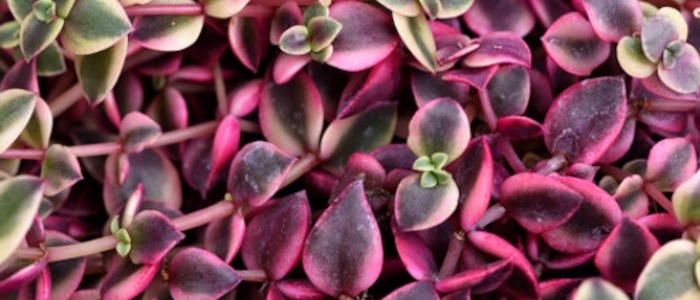


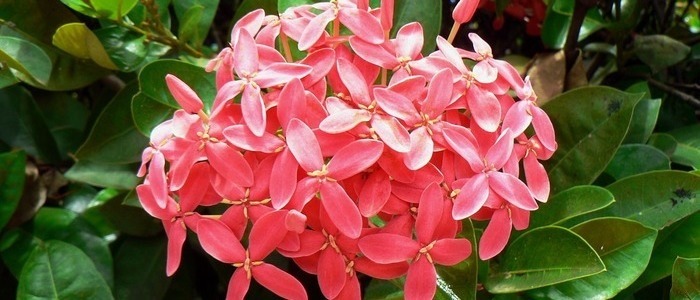

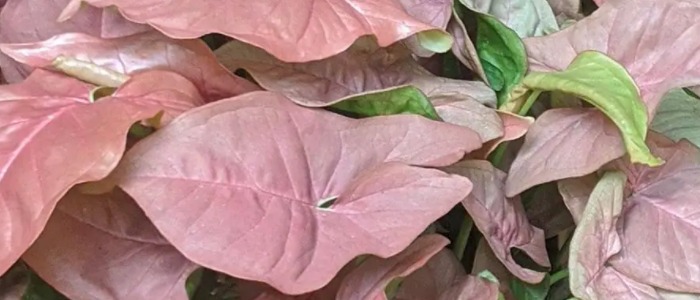
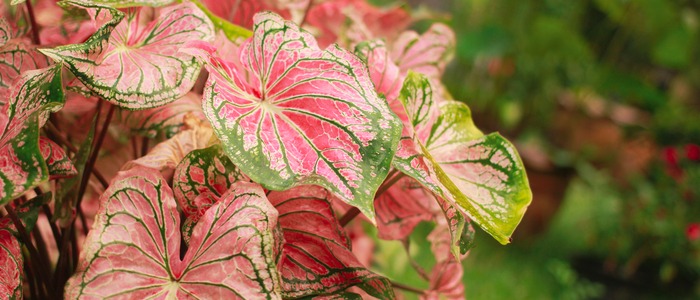
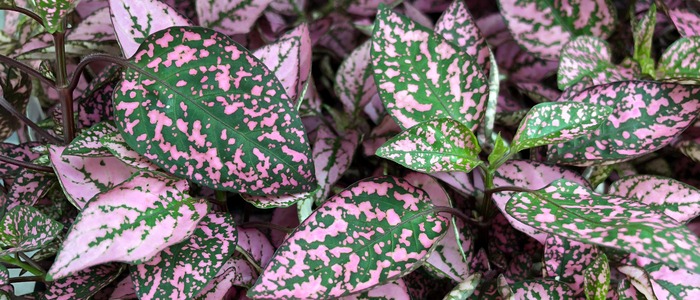




Pink Calla Lily Plant
Aechmea Fasciata Plant
Cryptanthus


Pink Philodendron
strawberry begonia